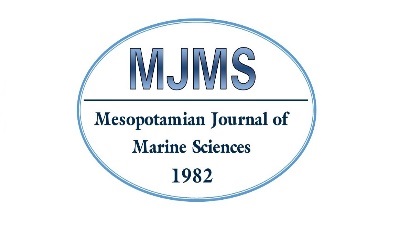Abstract
Heritiera fomes (commonly known as Sundari in India and Bangladesh) is gradually getting extinct from high saline pockets of lower Gangetic plain. Hydroponically grown seedlings of the species were analyzed for Chl a, Chl b, total chlorophyll, Chl a:b ratio and carotenoid at five different salinity levels (2, 5, 10, 15 and 20 psu). The concentrations of chlorophyll and carotenoid pigments exhibited significant negative correlations with salinity (p < 0.01). The total chlorophyll expressed, on unit fresh wt. basis decreased by 63.39% to 73.33% and in case of carotenoid the decrease was from 27.78% to 36.84% with the increase of salinity from 2 to 20 psu. The Chl a:b ratio in the plant remained almost constant through out the period of investigation. The results show that Heritiera fomes of Indian Sundarbans region can be sustained and propagated under low saline environment. At 15 psu, the plants become acclimated in one to two weeks, but at 20 psu the seedlings could not survive. The study is important as rising salinity is experienced in central Indian Sundarbans of lower Gangetic plain due to sea level rise and obstruction of freshwater flow from Ganga-Bhagirathi-Hooghly channel as a result of heavy siltation.
Keywords
Carotenoid; Chlorophyll; Heritiera fomes; Hydroponic culture
Salinity
Keywords
الكاروتينات، الكلوروفيل، الملوحة
